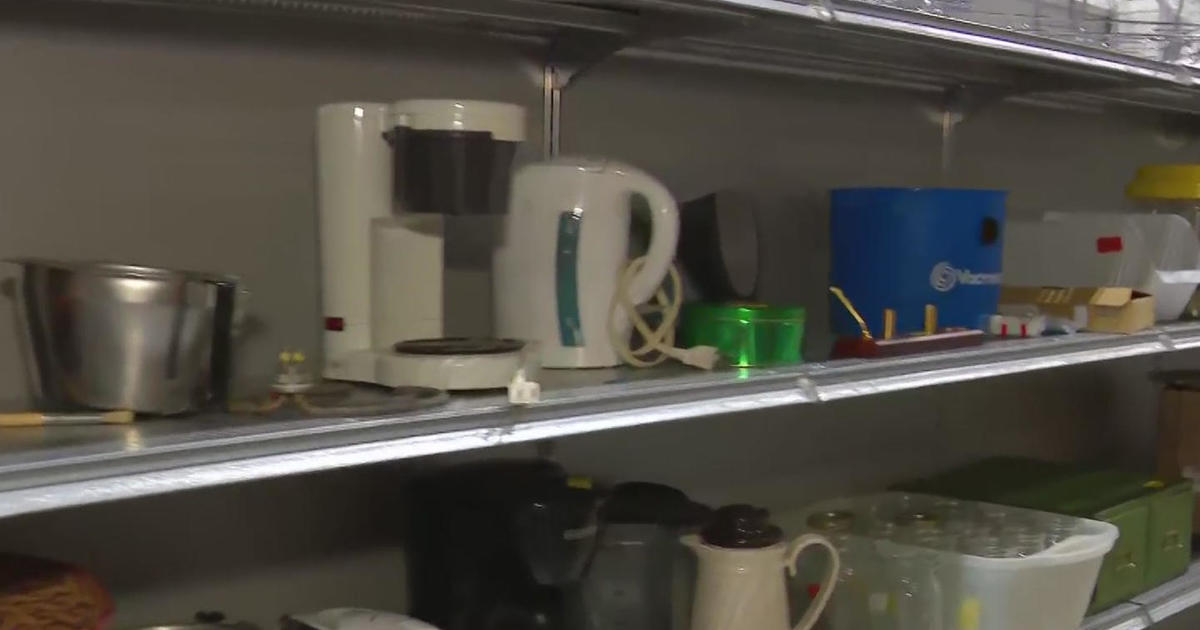Guy On A Bike: Dressing for Winter Cycling
By Guy Still, WCCO-TV
This marks my fourth consecutive winter of cycling to work at WCCO-TV. With some preparation, and a lot of luck, I've ridden to work every single weekday in that timeframe.
Over that span, of more than 1,000 days, the temperatures have varied by more than 120 degrees! (On January 6 of this year I rode in minus 22 F, while the mercury peaked at 102 F on July 6, 2012.)
Needless to say, I truly live by the old motto that there are no bad days to ride, just bad preparation. And while the need to have a trusty bicycle is paramount, it's just as important to be properly attired for the extremes of Minnesota weather. Given that we're in the midst of a sub-freezing streak in the Twin Cities, I'm going to focus on proper dress for winter cycling.
I think one of the biggest mistakes in winter cycling is overdressing. Yes, it's important to stay warm. But, you also need to keep in mind that your body generates heat when it works, so it's important to find a balance. The last thing you need is to break into a sweat, only to stop at a red light (or worse yet, have a mechanical failure) and start freezing.
Layering is critical
I start off with a mid-weight base layer, or what is more commonly known as long underwear. You want your base layer to fit close to your body. Stick with synthetic fabrics, or natural ones such as wool and silk. Leave the cotton at home. Cotton doesn't wick moisture and once it gets wet it loses its ability to insulate.
I have both synthetic and wool-base layers. Synthetics are much cheaper, but are more susceptible to unpleasant odors and are petroleum-based. Wool base layers may shrink and take longer to dry, but it feels like you're being hugged by a cuddly sheep. On days when the mercury dips well below 0 F, I choose to double up my base layers, putting the wool closest to my skin.
Outer layers
Over my base layer I wear a bicycle-specific pair of cycling pants. These are fairly tight-fitting and constructed of a synthetic stretch fabric that repels water and resists wind. They also have handy features, like reflective piping and a drawstring on the right cuff, so that excess doesn't get caught in the chain.
On top, I wear a very light wind breaker that also resists wind and repels very light precipitation. It is almost paper-thin and has no liner, thus allowing my core to easily expel excess heat. On extremely frigid days I'll add a light fleece underneath my windbreaker.
Rarely do I wear waterproof fabrics in the winter. These materials don't breathe nearly as well and, as such, tend to trap moisture … which is your enemy when Old Man Winter is accompanying you on a ride. The only time I make an exception is when temps are expected to hover around freezing and copious amounts of rain are in the forecast. I'd rather have some sweat than ride in freezing temps soaked to the bone.
Extremities
For me, protecting my head, fingers and toes is much more important than everything previously written. When frostbite hits, it's going to affect these areas and it can get serious fast. To protect my head, I wear a thick fleece balaclava, along with my woolly winter beard. I cover my eyes with a pair of cycling glasses in warmer temps and ski goggles when it gets colder.
My toes are protected by either wool or fleece socks (or both in extreme cold) tucked in some awesome winter boots rated to minus 40 F. While I wear clipless pedals in the other seasons, I prefer flat pedals in winter because it's very difficult, and expensive to find really warm clip-in footwear.
I protect my hands with wool liner gloves inside of synthetic liner gloves inside a pair of fingerless fleece gloves with a mitten pullover. This allows me to easily manipulate things when needed, yet my fingers always have some layers of protection. Again, when the temps get really cold, I swap out my fingerless gloves for a pair of mittens built to protect from the deep cold. In previous years I have worn leather choppers which are also very serviceable, although their inability to breathe leads to some olfactory unpleasantness.
Backup Plan
While these precautions are going to keep you plenty warm on a frigid ride, things can and do happen. It's important to have a backup plan in case you have a mechanical failure. Try to plan ahead and note the nearest public transport in the event that your bicycle becomes disabled. If there are no nearby options, have a cell phone handy so you can phone-a-friend.




